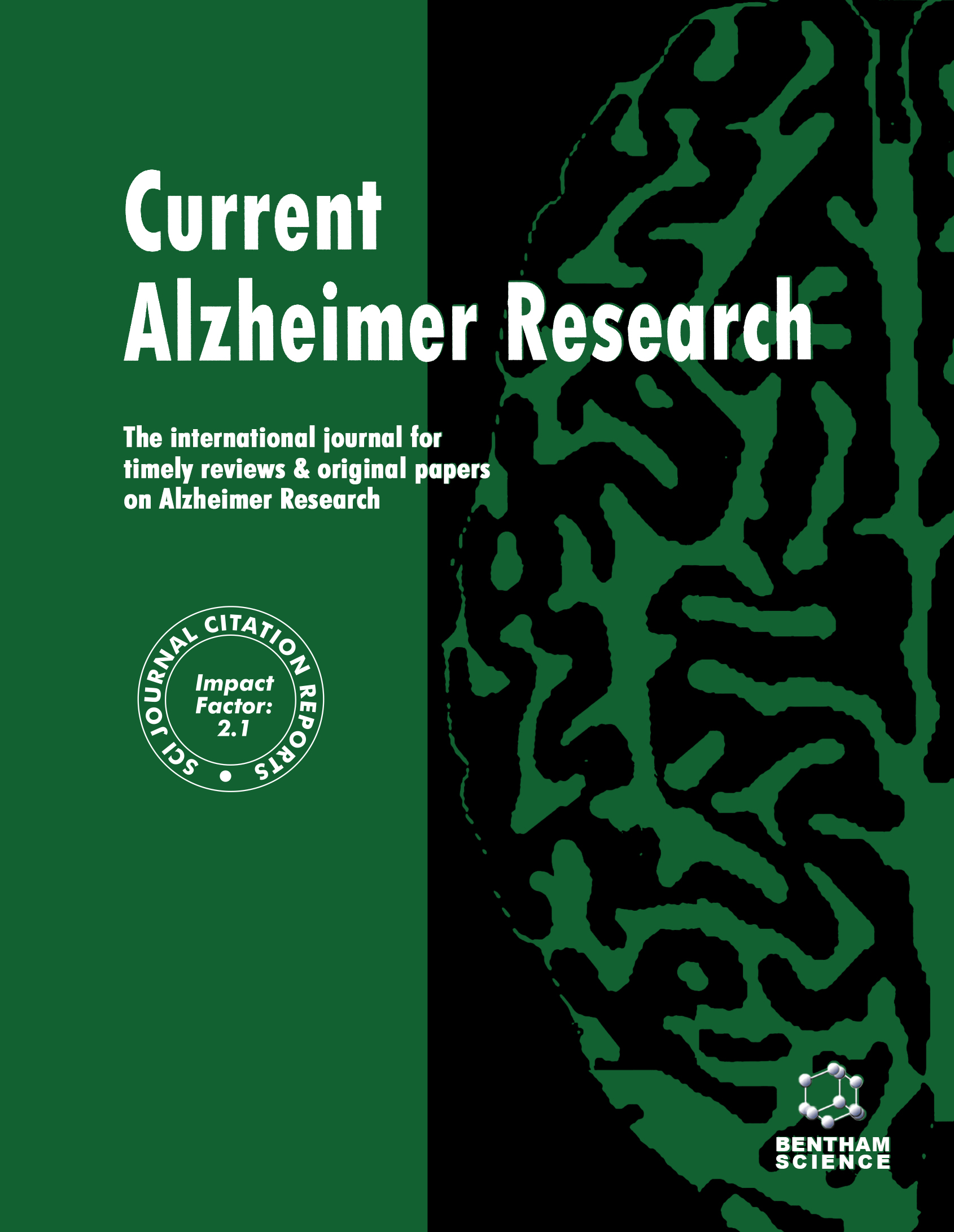
Full text loading...
We use cookies to track usage and preferences.I Understand
Disease progression in Alzheimer’s Dementia (AD) is typically characterized by accelerated cognitive and functional decline, where heterogeneous trajectories can impact the observed treatment response.
We hypothesized that unobserved heterogeneity could obscure treatment benefits in AD. The effect of unobserved heterogeneity was empirically quantified within the Alzheimer’s Management By Albumin Replacement (AMBAR) phase 2b trial data. The ADAS-Cog 12 cognition endpoint was reanalyzed in a 2-class latent growth mixture model initially fit to the treatment arm. The model with the best fit was then applied across both treatment arms to a larger (n=1000) simulated dataset that was representative of AMBAR trial cognitive data.
Two classes of patients were observed: a stable cognitive trajectory class and a highly variable class. Removal of the latter (n=48, 22%) from the analysis and refitting efficacy models comparing the stable class to full placebo yielded significant treatment efficacy on cognition (p=0.007, Cohen’s D=-0.4). Comparison of the stable class of each arm within the simulated dataset revealed a significant difference in treatment efficacy favoring the simulated stable treatment arm.
This post hoc exploratory analysis suggests that prespecified strategies for addressing unobserved heterogeneity may yield improved effect detection in AD trials. The generalizability of the analytic strategy is limited by latent stratification in only the treatment arm, a requirement given the small placebo arm in AMBAR. This limitation was partially addressed by the simulation modeling.
NCT01561053.

Article metrics loading...

Full text loading...
References


Data & Media loading...
Supplements

